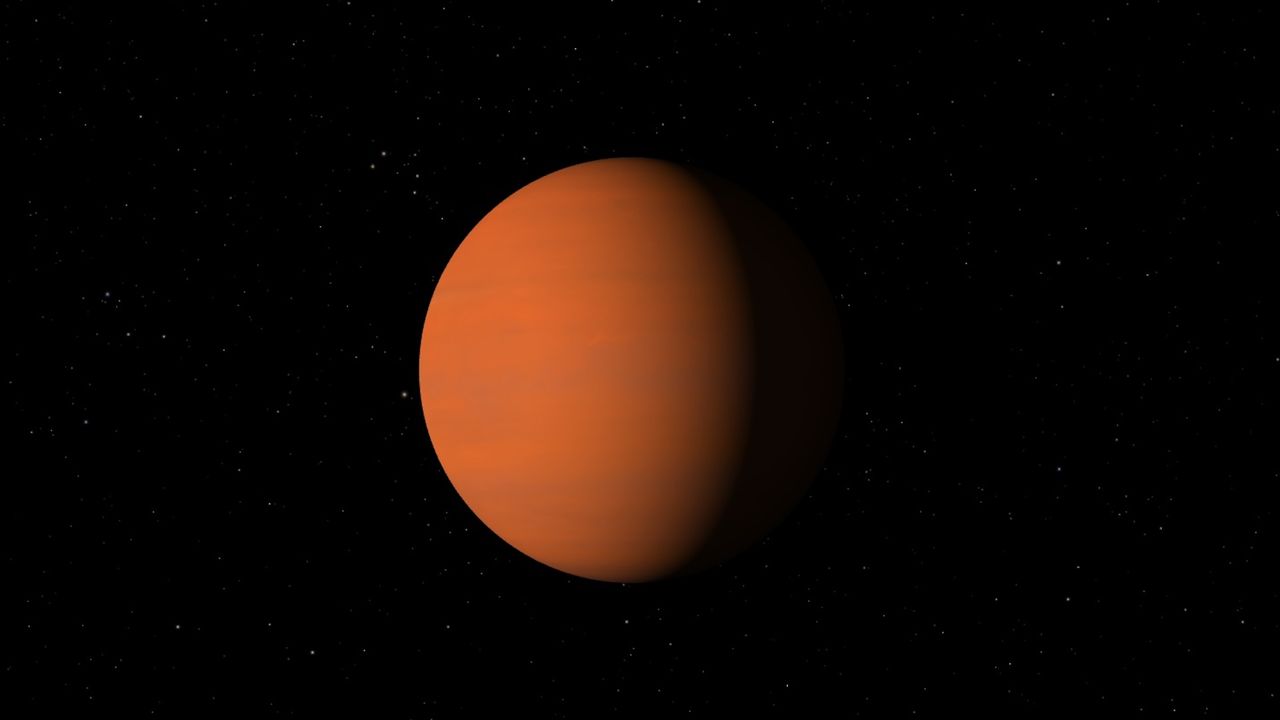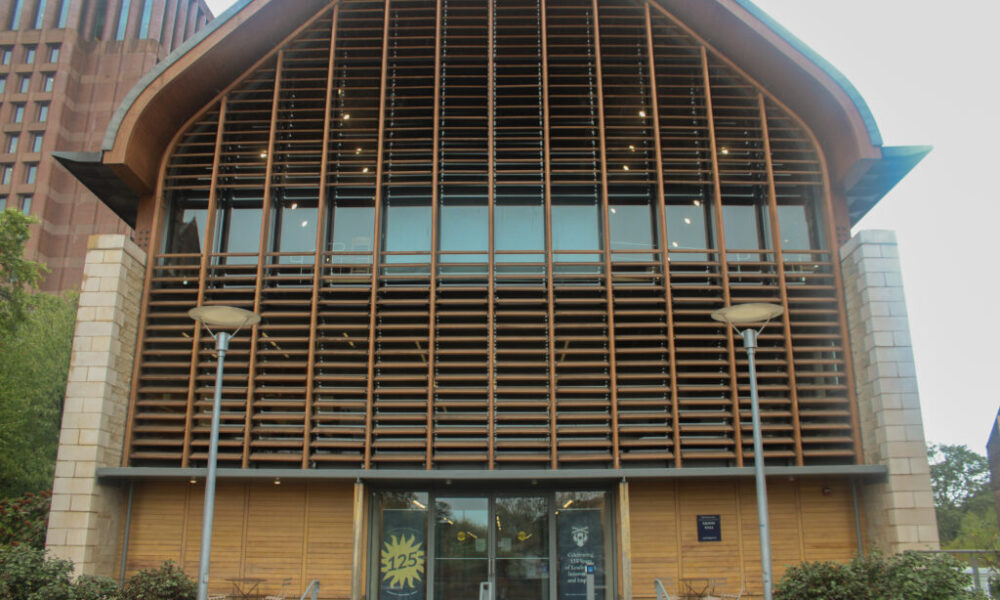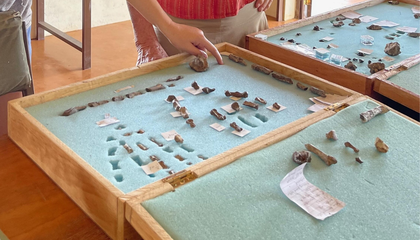On November 1, 1995, astronomers Michel Mayor and Didier Queloz announced a groundbreaking discovery: the first known planet outside our solar system orbiting a star similar to the Sun. This milestone, made at the Haute-Provence Observatory in France, marked the beginning of a new era in the field of exoplanet research.
The duo had dedicated 18 months to their search, focusing on a star named 51 Pegasi, located approximately 50 light-years away in the constellation Pegasus. Their innovative approach involved studying the light from stars to identify potential planets, a strategy that deviated from earlier methods which primarily sought radio signals from intelligent life forms.
Prior to Mayor and Queloz’s findings, astronomers had encountered various challenges. In the 1980s, hints of planets around pulsars and other stars were investigated, but these environments proved inhospitable to life. Despite a Canadian team’s earlier claims of discovering a planet in 1987, their findings were eventually retracted and confirmed only in 2003.
The breakthrough for Mayor and Queloz came when they detected unusual wobbles in the trajectory of 51 Pegasi. This suggested that a planet was exerting a gravitational pull on the star. Their analysis revealed the presence of a gas giant, now known as 51 Pegasi b or Dimidium, which is larger than Jupiter and orbits its star at an astonishingly close distance of just 5 million miles (8 million kilometers). This proximity results in a rapid orbit, completing a revolution every 4.2 days.
The confirmation of Dimidium’s existence sent ripples through the scientific community. Shortly after the announcement, astronomers at the Lick Observatory in California validated their findings, solidifying the discovery’s significance. Mayor and Queloz published their results in the journal Nature, effectively opening the floodgates for further exploration of exoplanets.
Over the following years, the race to discover new planets intensified. By 2004, astronomers using the Very Large Telescope in Chile captured the first photographic evidence of an exoplanet, paving the way for hundreds of additional discoveries. Currently, scientists have identified at least 6,000 exoplanets, with ongoing efforts to find those capable of supporting life.
In recognition of their remarkable contributions, Mayor and Queloz received the Nobel Prize in Physics in 2019, sharing the honor with Canadian physicist James Peebles. Their pioneering work has inspired a generation of astronomers to explore the cosmos, leading to the discovery of a variety of planetary types, including hot Jupiters, super-Earths, and water worlds.
While no exoplanet has yet been confirmed to harbor life, the search continues. Each new discovery brings humanity closer to understanding our place in the universe and raises the tantalizing possibility that we are not alone. The journey initiated by Mayor and Queloz has fundamentally altered our perception of the cosmos, igniting curiosity and hope for the future.







